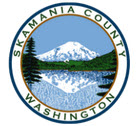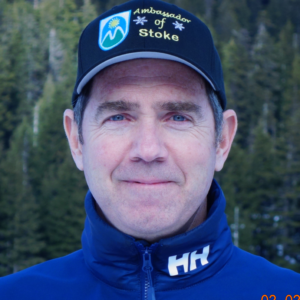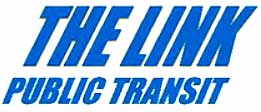Download past meeting recordings:
Visit our You Tube page to see Board Meeting Recordings
Financial Audits
Fiscal Year 2021 Financial Audit
Fiscal Year 2022 Financial Audit
Fiscal Year 2023 Financial Audit
Board Committees
<br />
Budget Committee
Statewide Transportation Improvement (STIF) Advisory Committee
Transit Master Plan Community Advisory Committee (CAT-CAC)
<br />
Affiliate Transit Services
We’ve teamed up with two other excellent public transit companies to fill in some of our service gaps. Please look to them to help you get to the places that are out of our reach.
The LINK
- Look to LINK for service to:
- Dufur
- Mosier
- Celilo Village
- Unincorporated Wasco County
Mount Adams Transportation Service
- Look to MATS for service to:
- Goldendale
- Bingen
- White Salmon

Skamania County Transit
- Look to Skamania for service to:
- Carson
- Stevenson
- Washougal
- Vancouver
Plans
We have a true motivation to improve our corner of the world because we care and live here too. Take a quick look at our planning documents that are guiding our transit services in our district.
Plans
Hood River to Government Camp Transit Feasibility and Implementation Study: This project focused on public transportation feasibility between Hood River and Government Camp. The project is part of a larger effort in the region to create a transit system that offers transit around Mount Hood. CAT is currently participating in the larger project, known as Vision Around the Mountain, which seeks to identify the resources, structure, and infrastructure needed to coordinate and facilitate the larger vision.
Hood River County Transportation District Transit Master Plan Update 2023: The Hood River County Transit Master Plan (TMP) update reviewed and updated current goals and priorities for transit in Hood River County. The plan identifies where limited resources can be invested to best meet local goals and build better partnerships between Hood River County Transportation District (HRCTD), other Gorge transit providers, ODOT and local partners to ensure transit priorities are delivered. Building from the success of the existing transit system, the TMP used a fully integrated approach to ensure that transit investments are supportive of the broader economic, environmental, and mobility goals. The document was adopted May 17, 2023.
Hood River County Coordinated Transportation Plan Update 2024 : The Hood River County Coordinated Transportation Plan Update 2024 focuses on the transportation needs of seniors, low-income individuals, individuals with disabilities, and Limited English Proficiency individuals, and Hood River County residents in general. This document is an update to the Hood River County Coordinated Transportation Plan Update 2020. The updated document was approved by the board on April 17, 2024.
Current Planning Efforts
No current planning efforts.
CAT Public Records Request Form and Policy
Please use the attached form to request nonexempt public records that are in the custody of HRCTD. You can email a signed copy to the District at info@catransit.org (preferred method)
or mail the form to:
HRCTD
PO Box 1147
Hood River, OR 97031
ATTN: Public Records Officer.
General Transit Feed Specification
CAT provides transit data, including real-time feeds of our bus services, to promote transparency and encourage developer participation to create innovative apps that will help riders use our services efficiently. This data is provided by CAT and is available for everyone to use, explore, and share.
You can get the latest version at https://oregon-gtfs.com/ and select Columbia Area Transit.
By using this data, you agree that CAT, the Oregon Department of Transportation (ODOT), nor its contractor (Trillium Solutions, Inc.), guarantee the accuracy of any data linked from this website. Any and all data is provided as-is.










